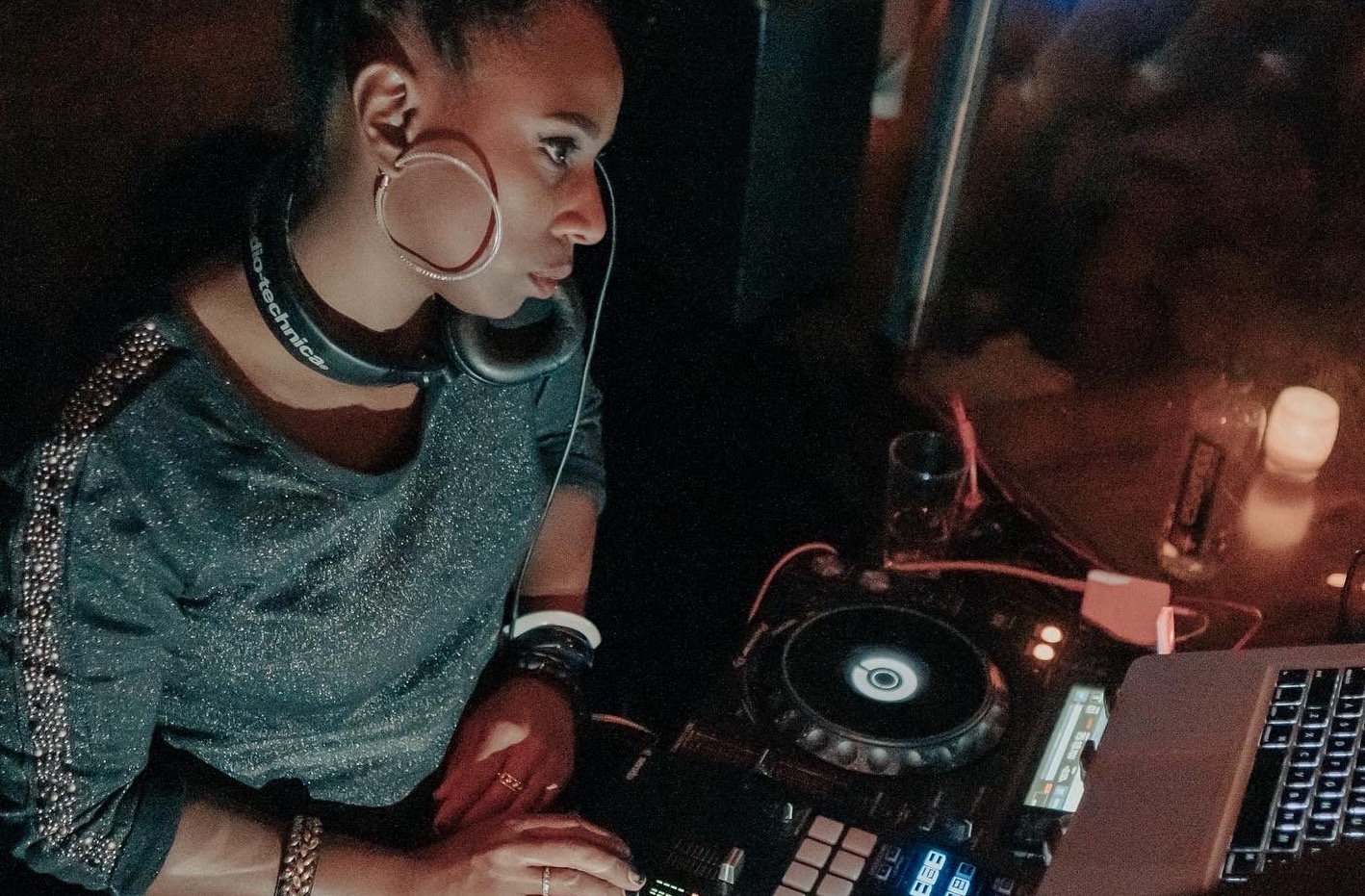In 1973, Kool Herc invented hip hop—or, at least, gave it a huge shove forward—while DJing rec room parties in the Bronx. He played soul and funk records but focused on the breakdowns of each song. By blending, looping and extending the breaks, he created a whole new sound, a beat-driven type of music instantly recognizable, today, as hip hop.
Then, as now, hip hop was much more than a music genre, it was a cultural movement. The pillars of the movement were known as the five elements of hip hop: DJing, rapping, beatboxing, breakdancing, and graffiti. It was graffiti that introduced Kool Herc, after he emigrated from Jamaica, to the movement and to American culture at large. And, of course, the growing popularity of breakdancing is why he started extending breaks to begin with.
Though the elements have changed a bit, hip hop is still a cultural force. If the popularity of turntablism has waned, the music production style it inspired now underpins most pop music worldwide. And hip hop continues to influence how the world dances, dresses, and makes art. Kool Herc didn’t invent DJing, but his innovation on the turntables may well have been the decisive moment that took hip hop from 70s fad to five-decade global phenomenon.
But what if, instead of inventing hip hop at his sister’s birthday party, in the 1520 Sedgwick Ave. rec room on August 11, 1973, Kool Herc rocked the party some other way. Maybe he brought a saxophone instead of turntables. Or maybe his sister went to Chuck E. Cheese instead. What if nearly 50 years passed without a single DJ deciding to turn funk breaks into hip hop beats? What if you tried to invent hip hop today?
Well, first off, rec room parties probably would not be your venue of choice. Especially since the pandemic struck, DJs are making themselves known online, so perhaps your Bronx apartment building would be an Instagram Live session, instead. And that’s where you would run into the first modern barrier standing in the way of inventing hip hop: licensing.
Whether you are DJing in a rec room or a bar, it’s easy to forget about music licenses, but not online. LA-based IP lawyer Ian Corzine, told Paper that, for in-person DJ sessions, “Most of the time, no one’s really going to complain, it’s accepted conduct in society. But on Instagram, there’s a computer reading every single note that’s being played.” The result is that up-and-coming DJs, the ones who might change the world while trying to make a name for themselves, can be shut down out of nowhere. Several DJs told Paper that copyright takedowns have impacted their craft, as well as their ability to reach wider audiences. The biggest names, of course, have no such problems. Instagram is happy to make accommodations for established stars and benefit from their reach.
That brings us to the second big barrier to inventing hip hop today: rapid corporatization.
Even in the early days, mainstreaming pulled hip hop away from its cultural roots. “Rapper’s Delight” introduced the world to hip hop—or, rather, a sanitized version with little connection to Kool Herc and other pioneers like Afrika Bambaataa or Grandmaster Flash. While Bronx MCs told stories of urban life in the 70s, the Sugarhill Gang came to international fame rapping about macaroni and mushy peas. It wasn’t until 1986, however, that hip hop would go fully mainstream, changing American music—and hip hip itself—forever. That year, Run-DMC and Aerosmith released “Walk This Way,” a double-platinum track that was a product first and foremost, conceived of not by the artists but by a record executive. Musical merits aside, the success of “Walk This Way” ensured that soon-to-come masterpieces of the Golden Era of Hip Hop would be heard far and wide.
So, even in the Kool Herc timeline, hip hop was corporatized. The difference between then and now is how long it took. Between the seminal birthday party and “Walk This Way,” 13 years passed. That’s more than a decade of grassroots incubation. Try this: listen to 1979’s “Superrappin’” by Grandmaster Flash & The Furious Five and then 1983’s “Sucker MCs” by Run-DMC. The progression in just four years is extraordinary and likely would have been impossible in a mainstream, corporatized genre.
These days, it’s impossible to imagine a new innovation like hip hop being left alone to grow. If hip hop was invented today, by a DJ on Instagram Live, and it somehow avoided copyright takedown, it would be transformed by capitalism (and racism) almost immediately. In the world of online creators, where every account must compete for attention (read: customers) just as businesses do, Black creators can be pushed around by systematically advantaged white ones. Newly invented hip hop would surely end up like so many TikTok dances: invented by a Black teen, monetized by a white one, and then forgotten. In an unlikely best case scenario, hip hop’s creator would instead join the ranks of Instagram’s preferred DJs, before their idea was stolen, and be paid to keep doing the same thing, with any innovation carefully restrained.
As long as cultural innovation takes place within the confines of a massive corporation, it is impossible to avoid the corruption of profit motives. The reach of every post or contribution depends on its commercial potential. You might not be trying to make money from your work just yet, but Instagram and YouTube and Twitter certainly are. And so we need more public venues for art and creation, with human curators instead of profit-seeking algorithms, where we can be exposed to good ideas and bad and see what we can make of them.


